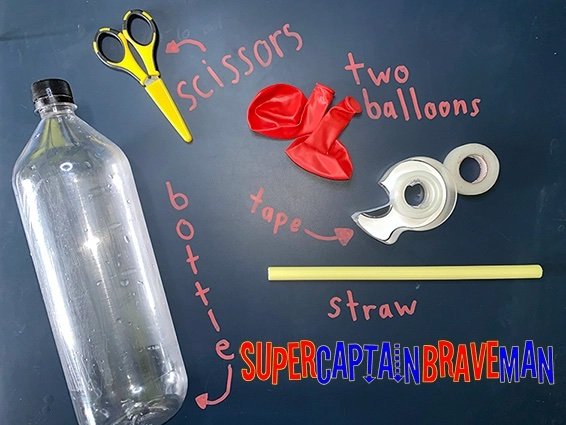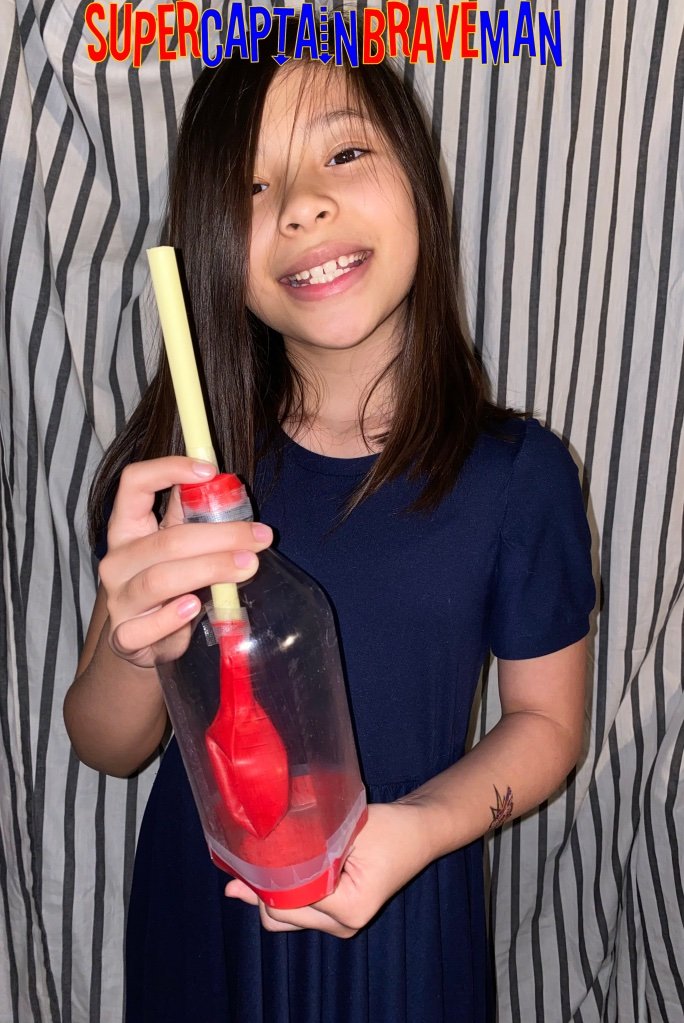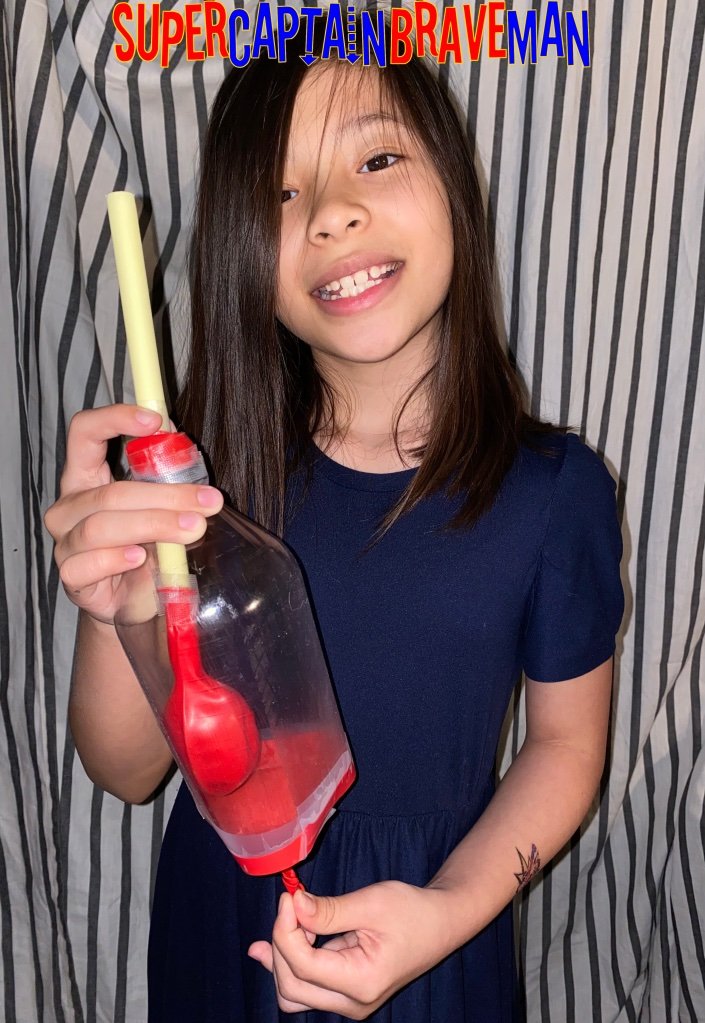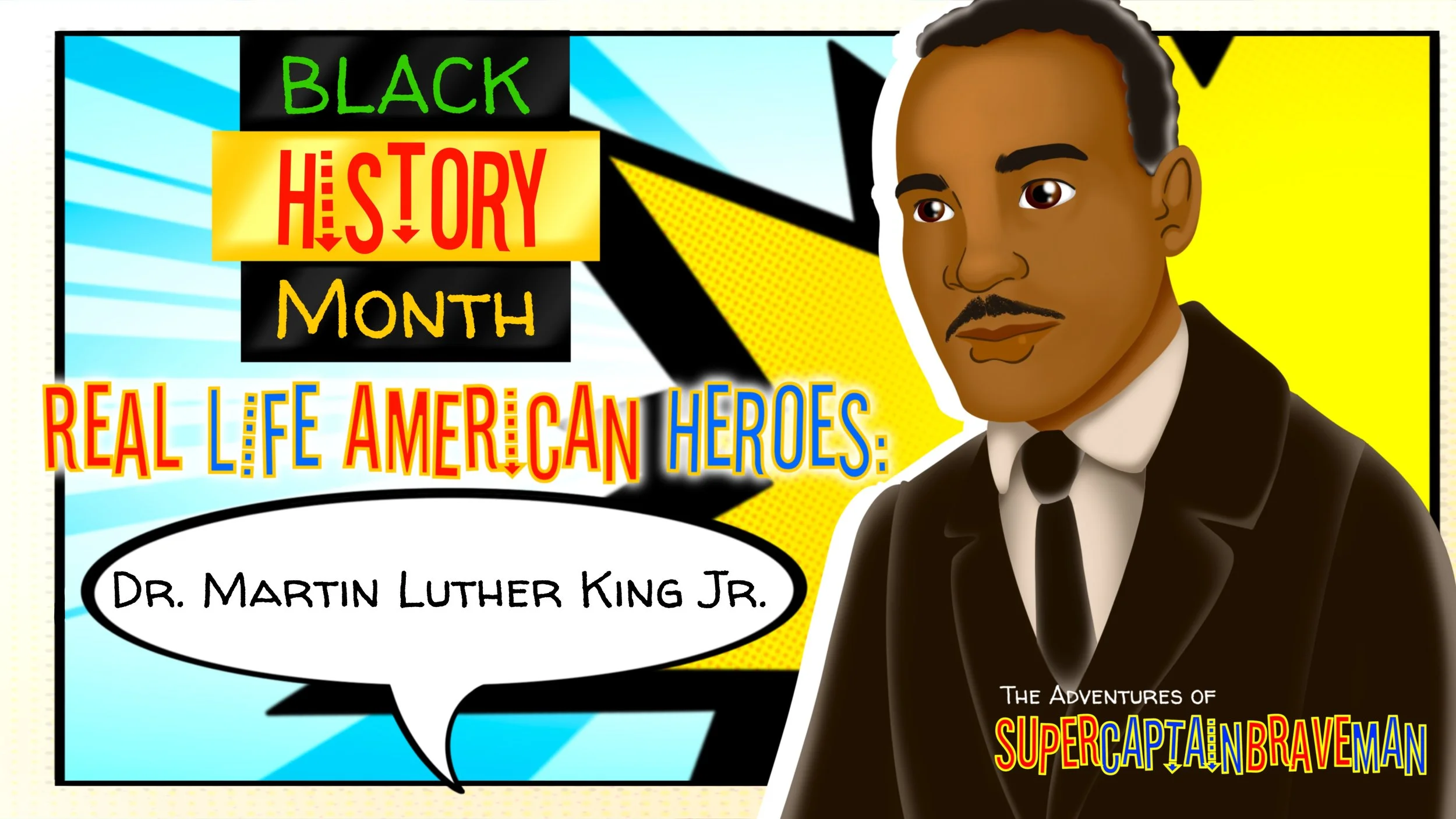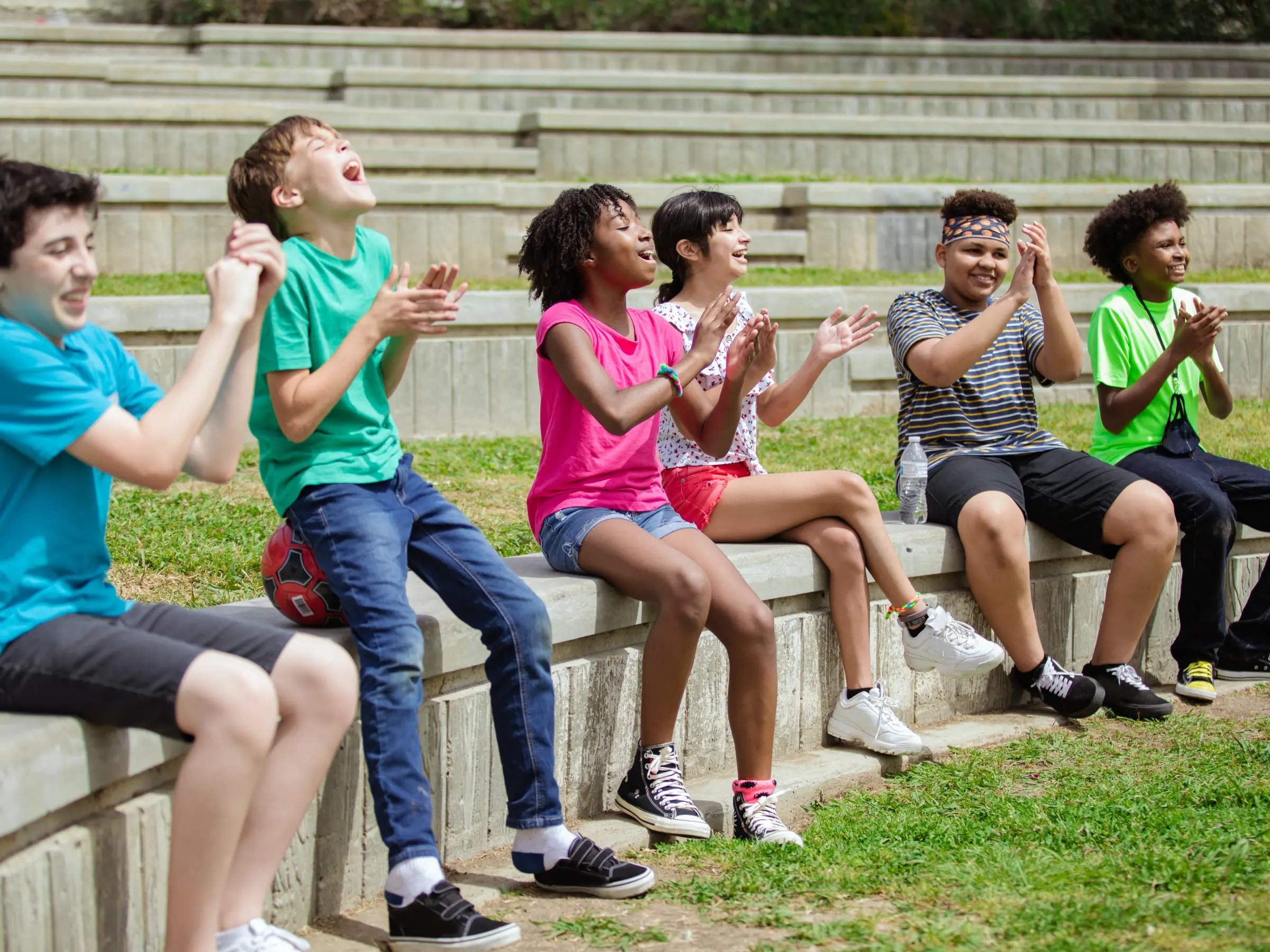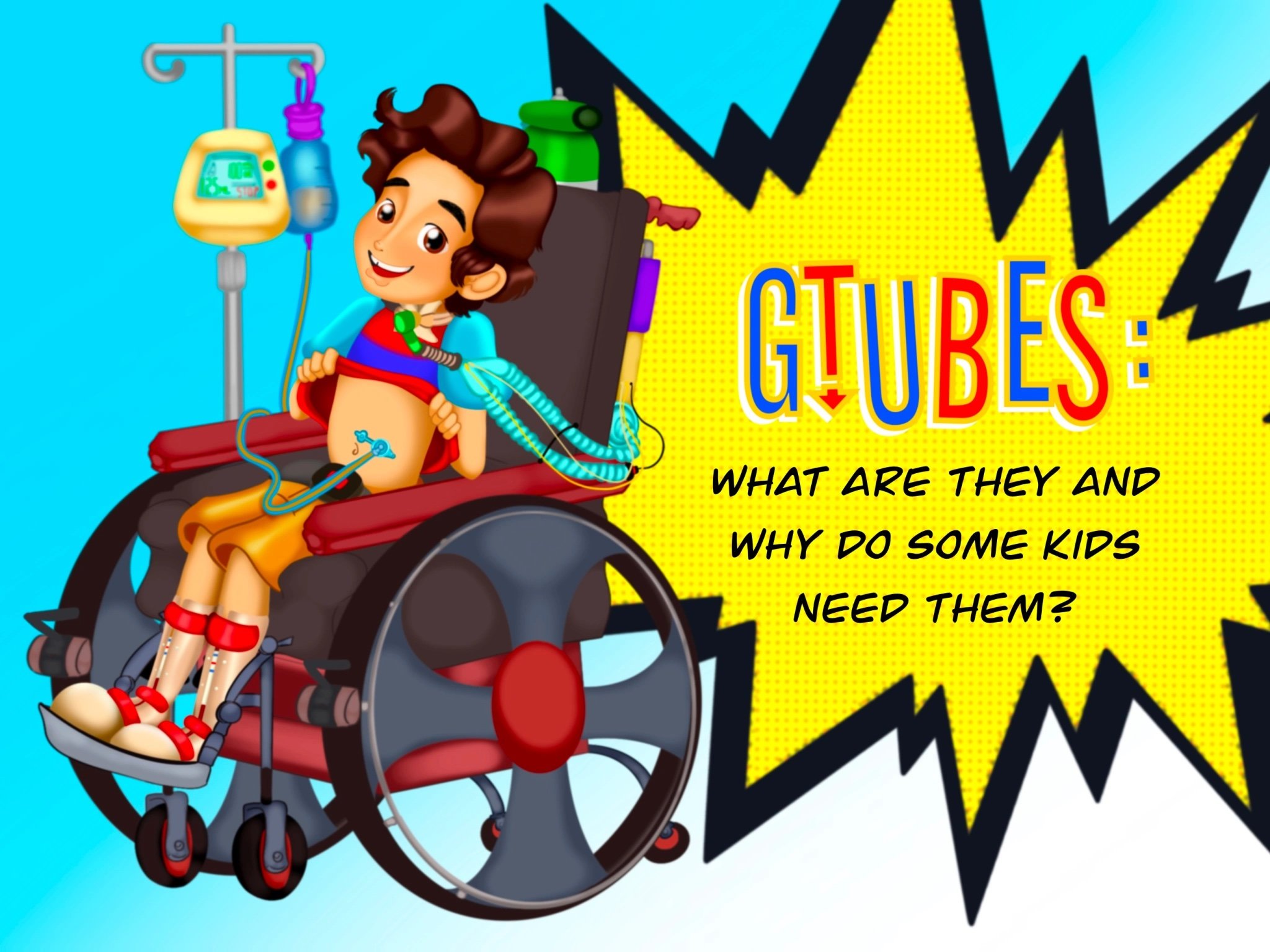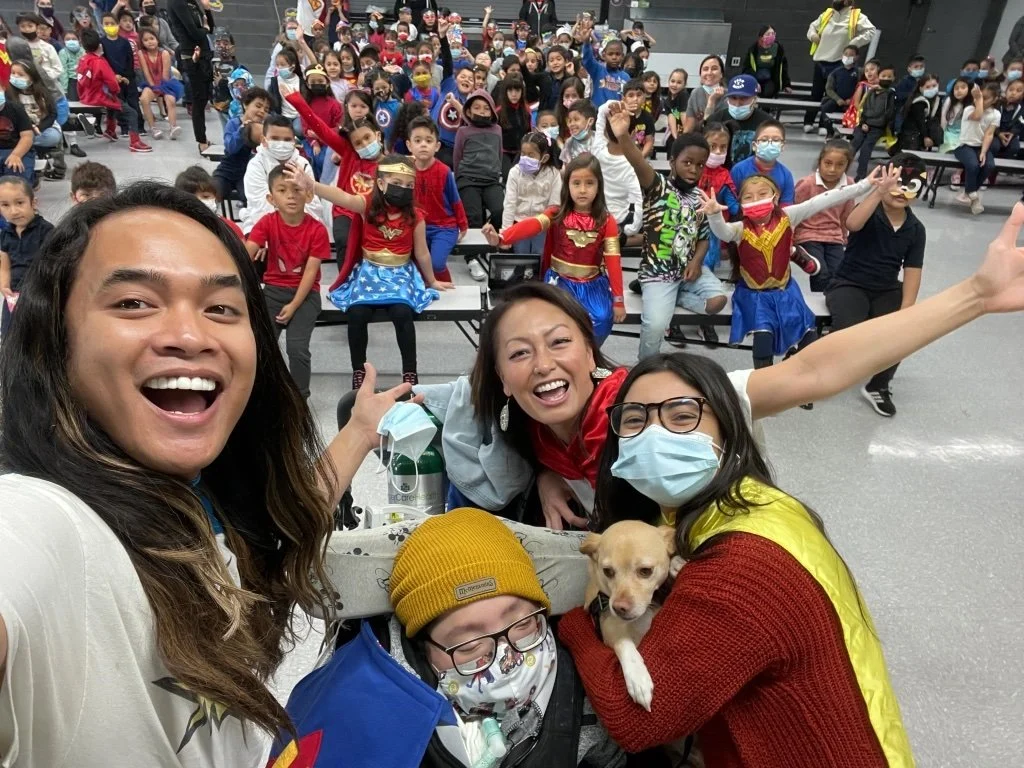World 1-1: How We Breathe
/Hello, SuperCaptainBraveFAM!
I’m Nurse Leah and I’d like to talk about breathing. Why do we do it? Why do we need it? How does it all work?
The answer to the first two questions is simple: we breathe in to get fresh oxygen into our bodies and we breathe out to get rid of carbon dioxide and other waste gases.
Oxygen is an essential part of the process our body’s cells use to create energy in the most efficient way. A byproduct (or result) of that is carbon dioxide (CO2)—which is dangerous to keep in our bodies and that’s why we need to breathe it out. The process of using oxygen to make energy in our cells is called aerobic respiration.
There’s a way for our cells to get energy without oxygen, but it actually takes more effort and the byproducts of that process can be more harmful to your muscles. That process is called anaerobic respiration.
So, oxygen is really, really important for our bodies to work at its absolute best.
And the place where our body exchanges carbon dioxide for fresh oxygen is right there in our lungs!
That brings us to the third question I started with: How does it all work?
The parts of the body responsible for breathing are collectively called the Respiratory system. That’s because it’s a system of organs and parts of your body that work together to get some of the materials needed for aerobic respiration.
David, from A Kyle Adventure Book 2: Signs of the Season
So, let me introduce you to the parts of the Respiratory system, starting at your head with the nose and mouth.
When we breathe, air usually comes in through our nose or mouth. The truth is that the passages that make up the inside of your nose and mouth are connected. That’s why liquid comes out of your nose if you laugh too hard while drinking.
Have you ever gone out when it was especially cold and every time you breathed, it hurt your chest a little? Or has it ever been so hot and dry that you can practically taste the heat?
It’s because the difference in air temperature from your own body temperature contrasted a bit too much. Your body likes everything inside to stay pretty much the same temperature and works hard to maintain that. The inside of your body also likes to stay moist and doesn’t like to dry out too much—think of the inside of your mouth—and so one job of the mouth and nose is to warm and moisten the air entering your body.
Another job is that they keep particles that don’t belong in the body out. Things like dust and pollen get stuck in our nose hairs and sneezed out. Or the back of your mouth catches the bigger particles and you can cough them out.
Just a quick reminder to please cover your nose & mouth when coughing & sneezing, use tissues to wipe your face, and wash your hands afterward. Doing these things can help keep yourself clean and prevent the spread of diseases that take advantage of how our Respiratory systems work.
After our nose and mouth, the next part of the Respiratory system is the trachea.
The trachea is tube that runs alongside and in front of your esophagus. The esophagus is a soft, flexible tube that food travels down to get to the stomach. The trachea is more rigid and keeps its shape a lot more easily to allow airflow to travel properly.
The easy travel of airflow is why another name for the trachea is “The Windpipe.”
The trachea, bronchi, bronchioles, and the lungs.
The trachea, bronchi, bronchioles, and the lungs.
As it goes down into your chest, the trachea branches off into two bronchi—which are smaller tubes—and from there bronchioles—which are the smallest airway tubes of all.
At the end of the bronchioles are small clusters that look like tiny, tiny balloons. These clusters are called alveoli and this is where the exchange of oxygen and carbon dioxide take place.
The alveoli are covered with the smallest blood vessels in the body and the red blood cells in the vessels are the ones that trade the carbon dioxide they hold for new oxygen. They then take that oxygen to the rest of the body.
But more than the lungs—and all they hold—are needed to take a breath.
This is where muscles like your diaphragm and those in your rib cage come in to play.
The diaphragm is a muscle that sits right below the lungs and is the major muscle used in breathing. This boss muscle is dome shaped and when it contracts, it flattens. This makes the space inside your chest bigger and causes the lungs to inflate and expand.
The muscles in your rib cage—right in between your rib bones—also help expand your chest whenever you inhale.
When the space inside your chest gets bigger, air is sucked into your lungs and the alveoli fill with fresh oxygen. That is what happens when you inhale.
When the diaphragm and rib cage relax, the space inside your chest returns to it’s resting size. The air you just breathed in is released through your nose and mouth. That is what happens in your body when you exhale.
Breathing helps everyone race around and have fun!
And the exchange of oxygen and carbon dioxide happens in millions of tiny alveoli during that short time between inhaling and exhaling.
Our bodies automatically know how to take a breath. People like singers, dancers, actors, and athletes all learn how to control their breathing and use their respiratory muscles to improve their performances. It’s really amazing how our bodies take so many separate parts and use them together to do something like breathing!
If you want to get a simplified visual of how your body breathes, then here’s an experiment that adults and kids can do to make your own “mini lung”!
Make your own model lung at home!
Disclaimer: This experiment is relatively well-known and available online through multiple sources. Always be sure to be careful and have an adult handle the scissors. Safety is always important!
How to Make a Model Lung
Materials Needed
A plastic bottle
A straw (we used a wide, reusable boba straw)
2 balloons (regular party balloons)
An elastic band or tape
Play dough or something to seal the bottle top (we used half of a balloon and tape)
A marker
Scissors
Instructions
Mark the bottle halfway down and have an adult use the scissors to carefully cut the bottle at the mark. You can use the bottom half as a planter or decorate it to hold pencils. We’ll be using the top half for the experiment.
Get one balloon and tie a knot at the opening. Use the scissors to cut the top off of the balloon.
Take the top half of the bottle and stretch the tied-off balloon around the bottom of the bottle. Tape in place, if needed.
Put the straw in the other balloon and secure in place with an elastic band or tape. Be careful not to crush the straw! Air needs to travel through it. You can blow gently through the straw to check if the balloon inflates to be sure.
Put the straw and balloon into the neck of the bottle so that the balloon is inside the bottle near the center.
Now, you have to make an airtight seal at the top of the bottle. There are two ways I know how to do this depending on what materials you have:
You can use play dough to secure the straw at the top of the bottle where the cap usually goes. Make sure the straw isn’t crushed and that no air can escape through the play dough.
Take the other balloon piece and have an adult cut a small hole in the center. Slide the top of the straw through the hole and bring the balloon piece down to the bottle opening. Secure the straw to the balloon with tape. Tape the balloon edges to the bottle, or you can use an elastic band to seal the balloon at the bottle opening.
Presto! You’ve made your own mini-lung!
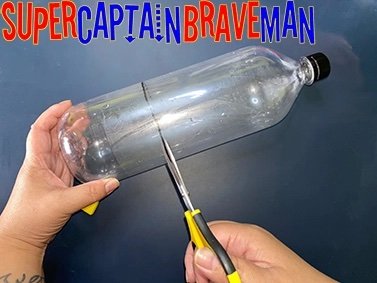
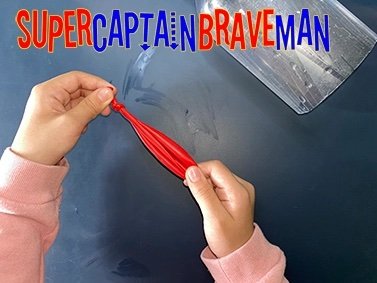
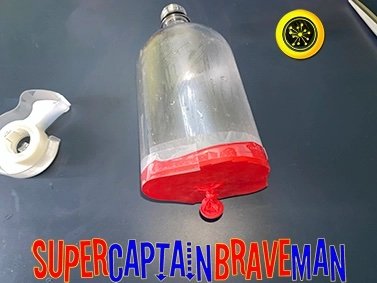
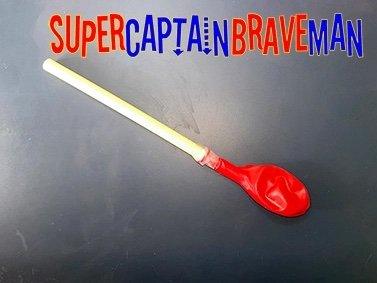
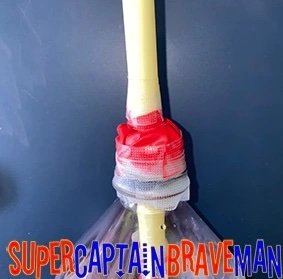
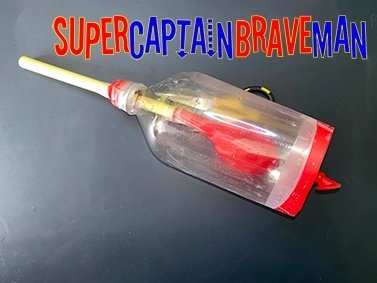
You’ve probably figured out how the different materials make up the different parts of the respiratory system, right?
The bottle = your chest and rib cage
The straw = your windpipe
The balloon inside the bottle = your lungs
The balloon at the bottom of the bottle = your diaphragm
But how do you see it in action?
If your lungs inflate because your diaphragm makes the space inside your chest bigger…
What happens when you pull down on the balloon at the bottom?
Don’t be discouraged if it doesn’t work the first time. Just re-check for any holes or leaks in the tape or play dough to make sure everything is sealed and there are no leaks.
In fact, problems like small holes or leaks in our respiratory system can keep our own lungs from inflating properly. And it’s things like that that doctors and healthcare professionals look out for when treating patients who are having trouble breathing.
Knowing how our bodies work is important for us to know how to take care of ourselves. And especially important so we know how best to help those who might need it.
The human body is intriguing and amazing to learn about. There’s always more to learn and share.
Join us next week for another installment of…
The Science Saga of SuperCaptainBraveMan!
Until then, stay safe and stay brave!
Join our mailing list and don’t forget to like & follow SuperCaptainBraveMan on social media to hear all about it!
Instagram: @supercaptainbraveman
Facebook: www.facebook.com/supercaptainbraveman







